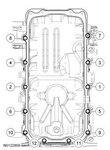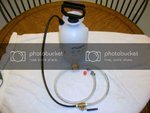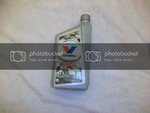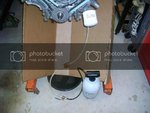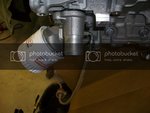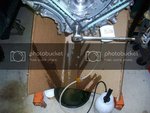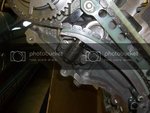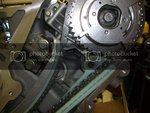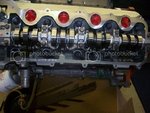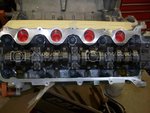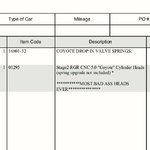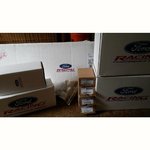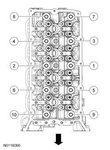302 Hi Pro
Boss 302 - Racing Legend to Modern Muscle Car
Now that is passion.
Sean:
Thank you for the insight on your monster 326 build. Now that we have this inside view, what are your
objectives/goals in terms horsepower and torque output at the flywheel?
I was going to ask you if you had a build budget, but I can see now that your build is quite unique and you are committed to Excellence in the build of this "All Motor" engine.
This is the kind of stuff that makes for great feature articles in the car buff magazines.
Keep it coming, and thank you for sharing,
Dave
2HP
Sean:
Thank you for the insight on your monster 326 build. Now that we have this inside view, what are your
objectives/goals in terms horsepower and torque output at the flywheel?
I was going to ask you if you had a build budget, but I can see now that your build is quite unique and you are committed to Excellence in the build of this "All Motor" engine.
This is the kind of stuff that makes for great feature articles in the car buff magazines.
Keep it coming, and thank you for sharing,
Dave
2HP

